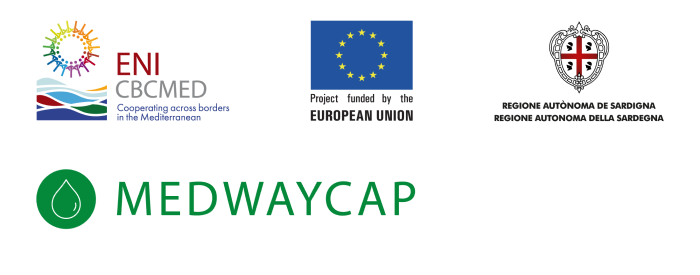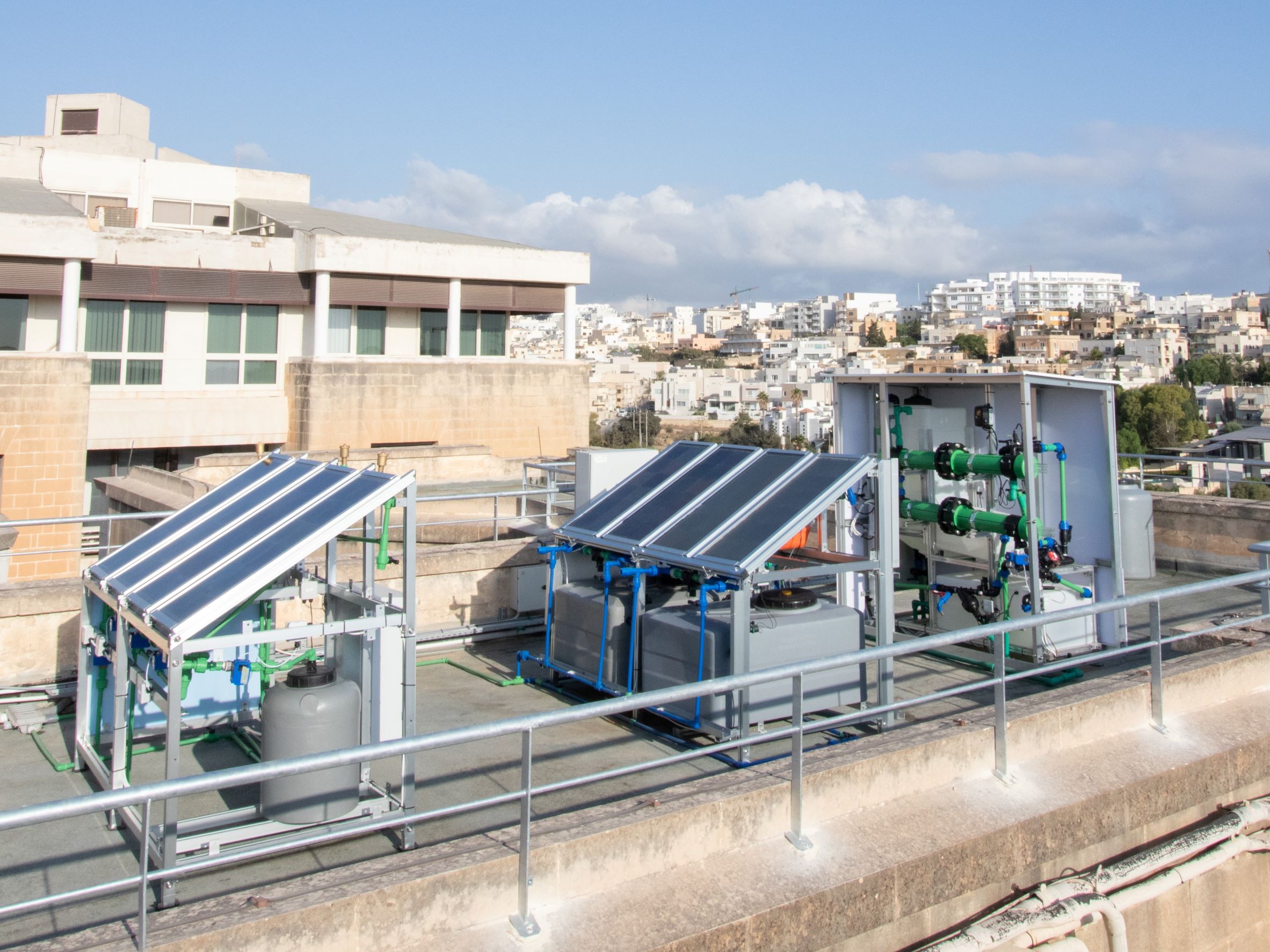Presentation of the Best Practice
Target challenge
- Overexploited groundwater
- Low sustainability of the treatment system
- Other (Please specify below)
- carbon footprint of water
Area Typology
- Urban area
Main beneficiaries
- Other (Please specify below)
- Research
Funding
- EU funding
Used technologies / tools
- Others
- Photocatalysis - Advance oxidation
Implementation site
Msida
NCW type
- Greywater (GW)
NCW USE
- Toilet Flushing
- Garden Irrigation
Self-Assessment
TRL : Technology Levels
TRL4
Description of the innovative component:
Uses photocatalytic surfaces rather than powders.
Reduces environmental impacts, when compared to municipal water supply + treatment.
Size: micro.
Reduces environmental impacts, when compared to municipal water supply + treatment.
Size: micro.
Obstacles to implementation
- Lack of an adequate regulatory framework
- High cost of technological solutions
- Other (Please specify below)
- relatively low electricity and water tariffs, zero cost of carbon emission
How your Best Practice is economically feasible ?
Result of this assessment
A life cycle assessment was carried out to compare the environmental impacts of an alternative water supply for toilet flushing in households with those of water currently supplied for this purpose through the municipal potable water network. In the proposed system, greywater from showers, baths and wash-hand basins is collected and treated using heterogeneous TiO2 photocatalysis. Several scenarios comprising different design and operating conditions were studied. Using the ReCiPe (H) 2016 method, the following environmental impact categories were assessed: global warming, stratospheric ozone depletion, terrestrial acidification, freshwater eutrophication, marine eutrophication, human carcinogenic toxicity, human non-carcinogenic toxicity, terrestrial ecotoxicity, freshwater ecotoxicity, marine ecotoxicity, and water consumption. The results show that for the water reuse device to be less impactful than the municipal water system in at least 7 of the selected impact categories by more than 20 %, the product between the number of reactors and the operating time should not exceed 8 reactors·h·day−1, also taking the influence of the UVA-LED's power into account. Of the 18 alternative scenarios analyzed, 14 present a potential for reducing the environmental impacts compared to the municipal water supply system in at least 7 of the 11 evaluated environmental impact categories. For instance, the municipal supply of one cubic meter of water and its subsequent wastewater treatment in the baseline scenario produces 4.21 kg CO2 eq·m−3, whereas only 1.62 kg CO2 eq·m−3 are produced in the optimum scenario of the greywater reuse system. Moreover, the use of solar photovoltaic panels as a source of electricity for the systems is found to be an effective measure to further improve the environmental performance, mainly for the impact categories of global warming, stratospheric ozone depletion, and terrestrial acidification. The study also highlights the benefits of recycling components and materials in the end-of-life stage of the proposed system.Enviromental impact
Highlighted KPI
Technical indicators
Average Treated flow rate
m3/Day
Economical indicators
Land footprint
10.00
m2/m3/day





Social impact of the BP